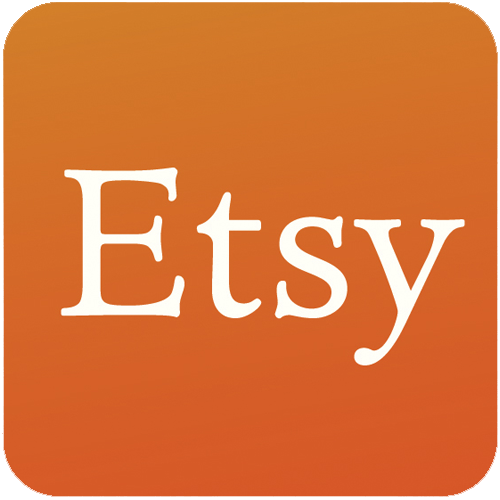How I Started A Passive Income Business Online At 16 Years Old
Hello! Who are you and what business did you start?
Hi guys! My name is Paul Kaster and I’m the owner of Crooked Branch Studio. I started the business in 2016 making handcrafted wooden bow ties, but I’ve since expanded to carbon fiber bow ties under the sub-brand Carbon Cravat.
Back in 2016, I spent dozens of hours per week in the woodshop, painstakingly crafting each bow tie by hand, assembling the product, and shipping it to customers. Just three years later, I now spend less than 1 hour per week passively managing my business from halfway across the country.
After outsourcing most of my day-to-day work to contractors around the United States, my business now consistently pulls in around $1000/mo in profit with minimal upkeep. If you’re interested in learning how to turn a labor-intensive business into a self-running income stream, I’ll be diving more into specifics later.

Download the report and join our email newsletter packed with business ideas and money-making opportunities, backed by real-life case studies.

Download the report and join our email newsletter packed with business ideas and money-making opportunities, backed by real-life case studies.

Download the report and join our email newsletter packed with business ideas and money-making opportunities, backed by real-life case studies.

Download the report and join our email newsletter packed with business ideas and money-making opportunities, backed by real-life case studies.

Download the report and join our email newsletter packed with business ideas and money-making opportunities, backed by real-life case studies.

Download the report and join our email newsletter packed with business ideas and money-making opportunities, backed by real-life case studies.

Download the report and join our email newsletter packed with business ideas and money-making opportunities, backed by real-life case studies.

Download the report and join our email newsletter packed with business ideas and money-making opportunities, backed by real-life case studies.


















